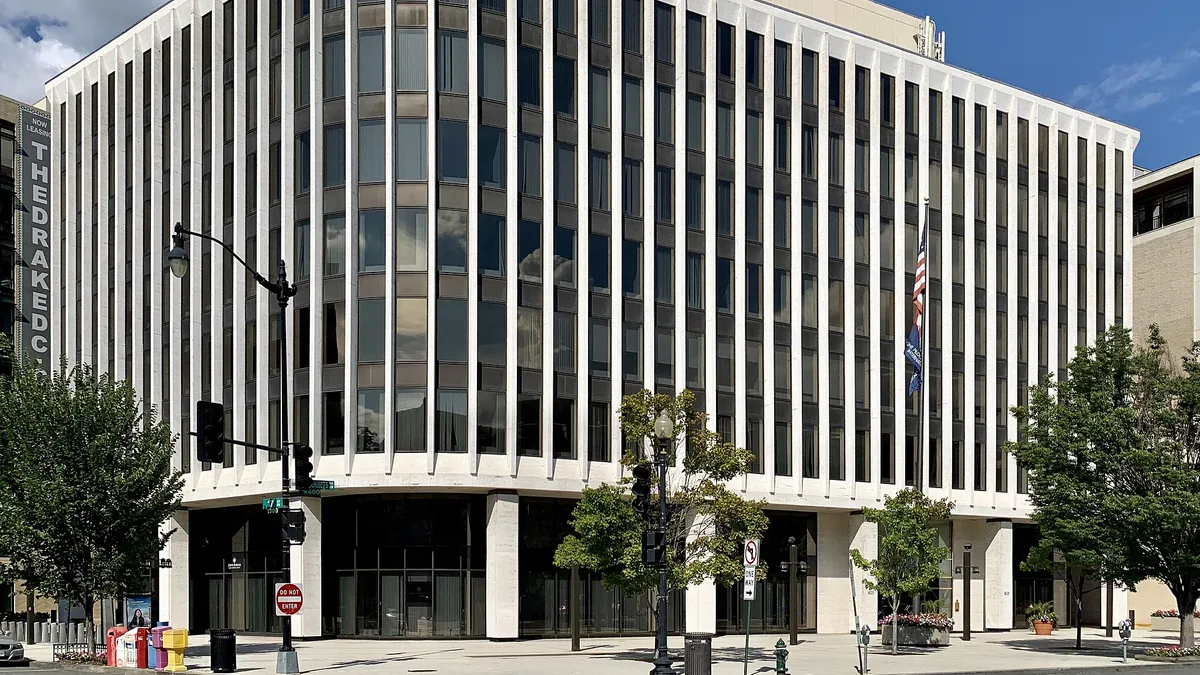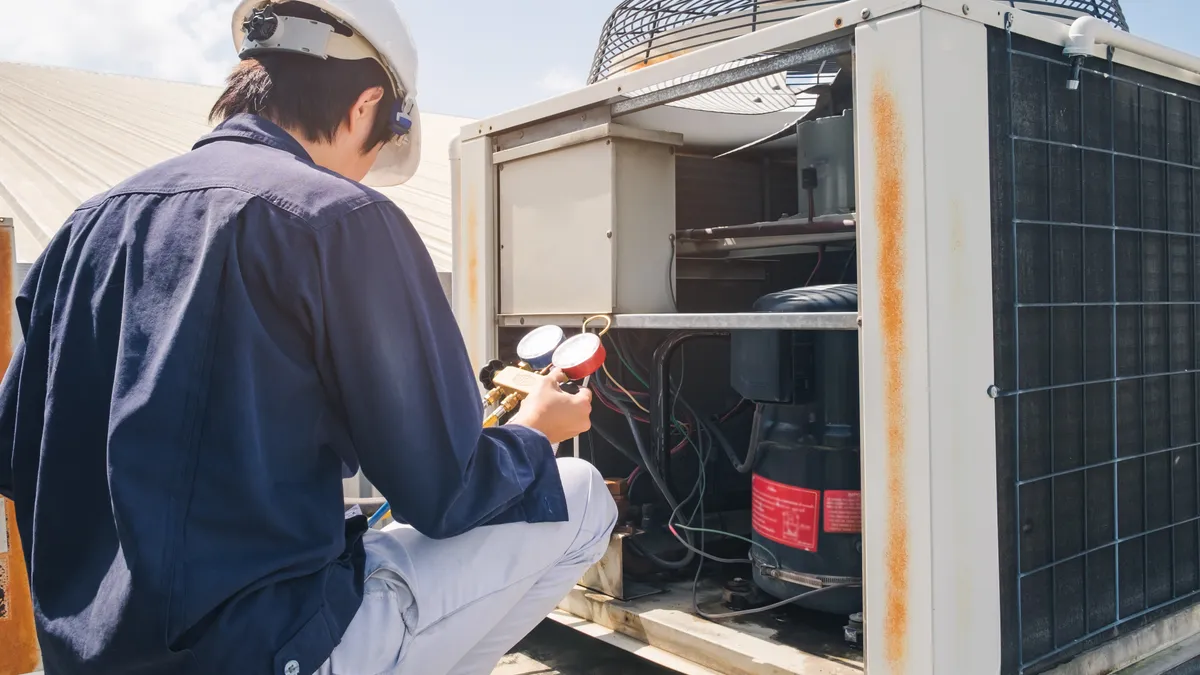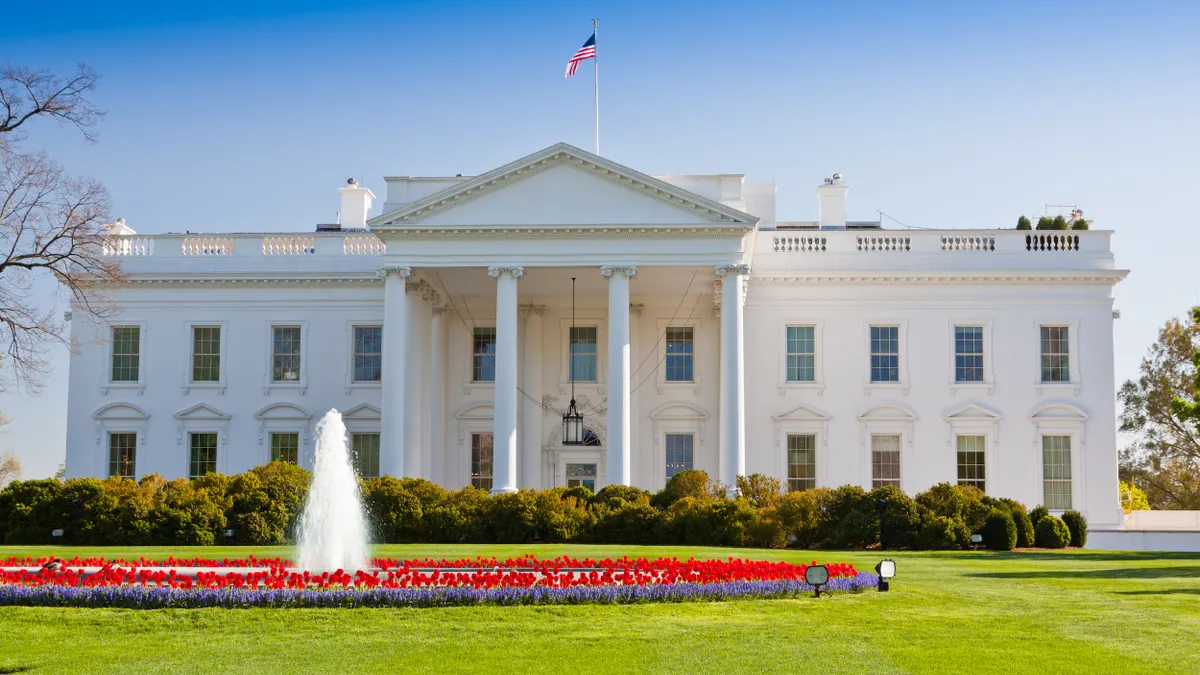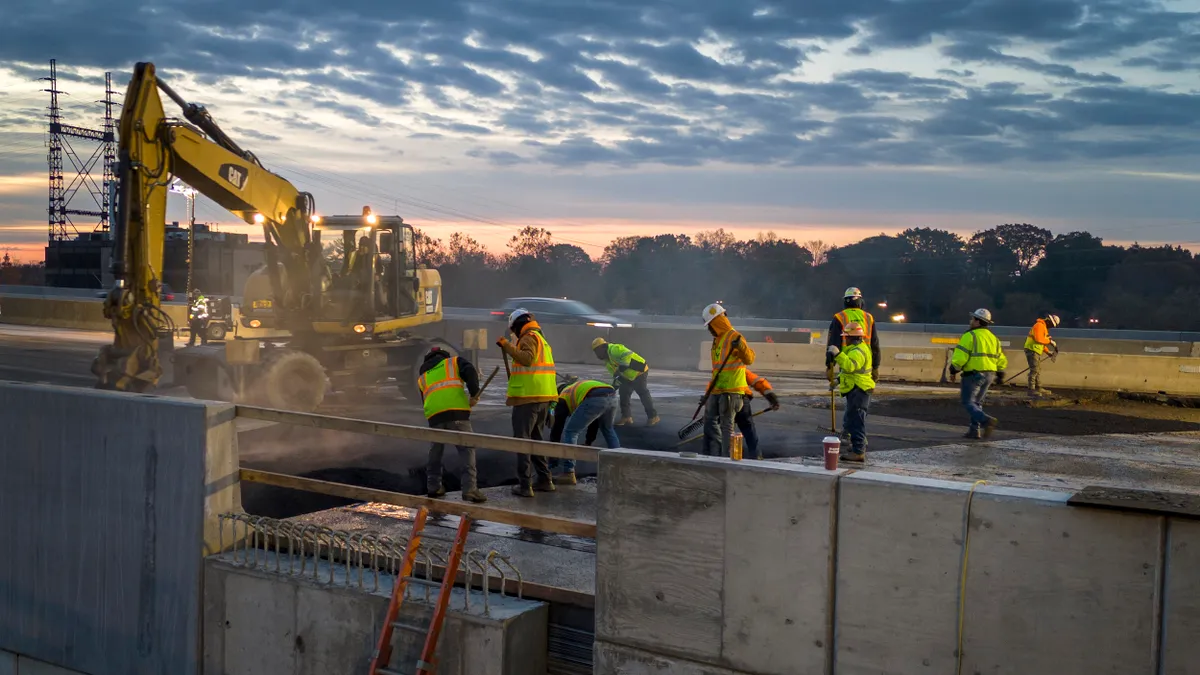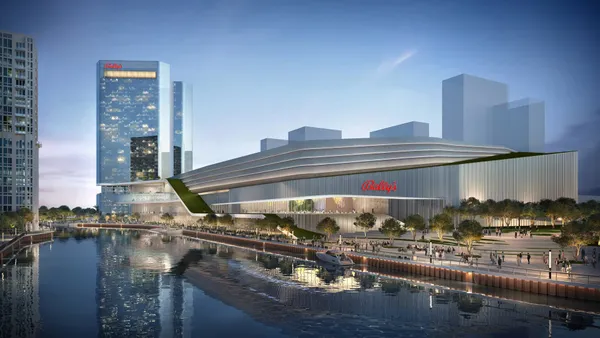Editor's Note: The following is a guest post from Nigel Wilson, chief executive of Legal & General.
As globalization hits road bumps, whether as a result of populism or changing trade policies, and as companies adopt multi-localization strategies, it appears that technology in its various categories is also becoming regionalized.
Now, with Trump Administration policies making it harder for global enterprises to conduct offshore-sourced business as usual, organizations are increasingly having to set a local footprint and answer to more regionalized demands. With technology jobs, too, there appears to be a trend toward localization.
While people in the top hubs on the West Coast are working for high-tech companies, others elsewhere are working in tech departments for different industries, or are focused on other specific tech needs, such as driverless cars, government, fintech, and so on.
In the U.S., this has played out in an interesting way: many small U.S. cities are finding their way onto lists of "top tech hubs." Two economists at MIT, Simon Johnson and Jonathan Gruber, have created an index of top 102 cities for "jumpstarting America," topped by unlikely-seeming places such as Pittsburgh, Rochester, NY and Syracuse, NY.
Smaller cities in North Carolina and Texas have ranked high in tech job indexes, according to research on tech hubs by Indeed.com. In that study, among cities that boast plentiful jobs in technology, one-third are concentrated in the eight largest tech hubs; however, across the country, emerging tech hubs have come to be aligned with different job specializations and structures.
Predictably, San Jose in Silicon Valley boasts the most jobs in artificial intelligence (AI) and deep learning; but in smaller, up-and-coming tech hubs, you might find different flavors of tech, such as aerospace jobs in Huntsville, AL and Lexington Park, MD. Government-related tech jobs, not surprisingly, are concentrated in and around the Washington, DC area. Robotics jobs are plentiful in Pittsburgh, with ready talent emerging from Carnegie Mellon University; and autonomous vehicle (AV) technology has found its home, not surprisingly, in the Motor City, Detroit.
It’s interesting to note that many of these secondary hubs — Pittsburgh and Detroit, for example — are former manufacturing powerhouses that were disaffected by globalization and offshore manufacturing. Now some of them are rising from the ashes to claim a new spot in this current Technology Age renaissance.
But what does it take to turn a small city into a successful tech hub? I have been studying this question intently, as well as putting some hypotheses into actionable investment.
While it seems self-evident that at root, the tech workforce needs not only well-paid jobs but a place they want to go home to at night from those jobs, the latter is easier said than done. Ultimately, people want to live in or near the cities in which they work, as close to their offices or research campuses as possible. Their living conditions should match the modernity, sustainability and promise held out by their new tech jobs.
Investments in creating tech hubs in smaller UK cities, such as Leeds and Bristol, centers around revitalizing downtowns into livable areas, easy walking distance from public transportation and, in many instances, from work. Build to Rent housing allows the new workforce’s living spaces to become part of the central core of tech hubs, near transportation, facilities, and services. Retail space is built in too, at a residential scale — these are not bedroom communities, but places to live, work, and entertain and be entertained on weekends.
An interesting example of corporate campuses is the creation of apartments in the old Vimto factory in the city of Salford near Manchester, Vimto being a soft drink staple of yesteryear. The people who live there also work in many up-and-coming digital media organizations which have grown up around the "Media City" which now houses both the BBC and ITV. Investments in these tech hub revitalizations often involve refurbishing local points of interest, plowing millions into transportation and utilities infrastructure — roads, stations, grids, bridges, and so on — and working with local community leadership and government.
I believe this model of heavy, patient capital investment in smaller cities could also work in the U.S. Pittsburgh and Detroit are examples of two cities that have experienced resurrection from outsourced manufacturing centers to emerging tech hubs. Rochester, NY and Syracuse, NY — which are close enough that they could actually be re-envisioned as twin tech cities, with complementary, rather than competing goals — are both university towns waiting for a financial miracle. Rochester boasts RIT (Rochester Institute of Technology), while Syracuse has a deep history of medical education and development, as well as its own highly regarded university.
There is still infrastructure for companies to function in these types of places, albeit in many cases it has fallen into disrepair. Many small cities retain unused corporate campuses from former manufacturing glory days. In one example of rechargeable building stock, a long-abandoned downtown train station was made into the swank new headquarters of the regional utility company in Syracuse.
Can these cities find their way to economic relevance once again, as technology replaces manufacturing? It’s going to take vision and deep investment to do so — investment in making these cities as a whole livable once again.
Big financial companies have the bandwidth and liquidity to make a real difference in bringing these cities, which slowly fell into disrepair as their industrial and manufacturing centers faded, back to life. They offer an affordable option to the mega metropolises. This is obviously being discussed in the U.S., as it is in Europe and the UK. If there’s enough investment in these smaller places, people will want to live in them — because they’ll be able to afford to; their jobs will be there; and most important, they will be attractive and pleasant places to live.
Isn't this level of lifestyle improvement worth a commensurate level of investment? I think so.







